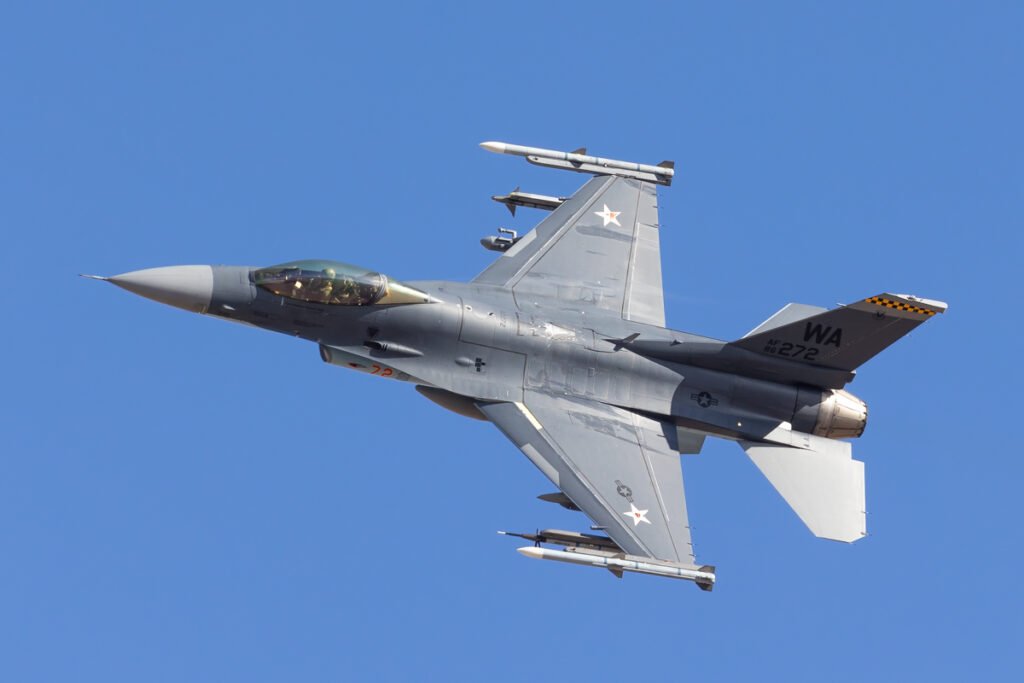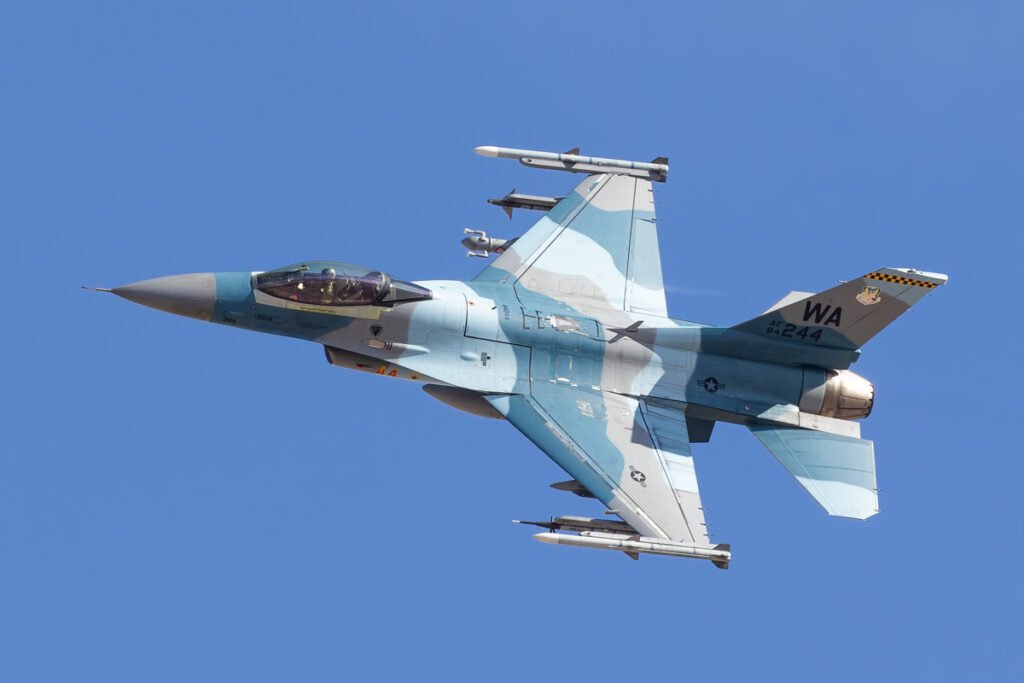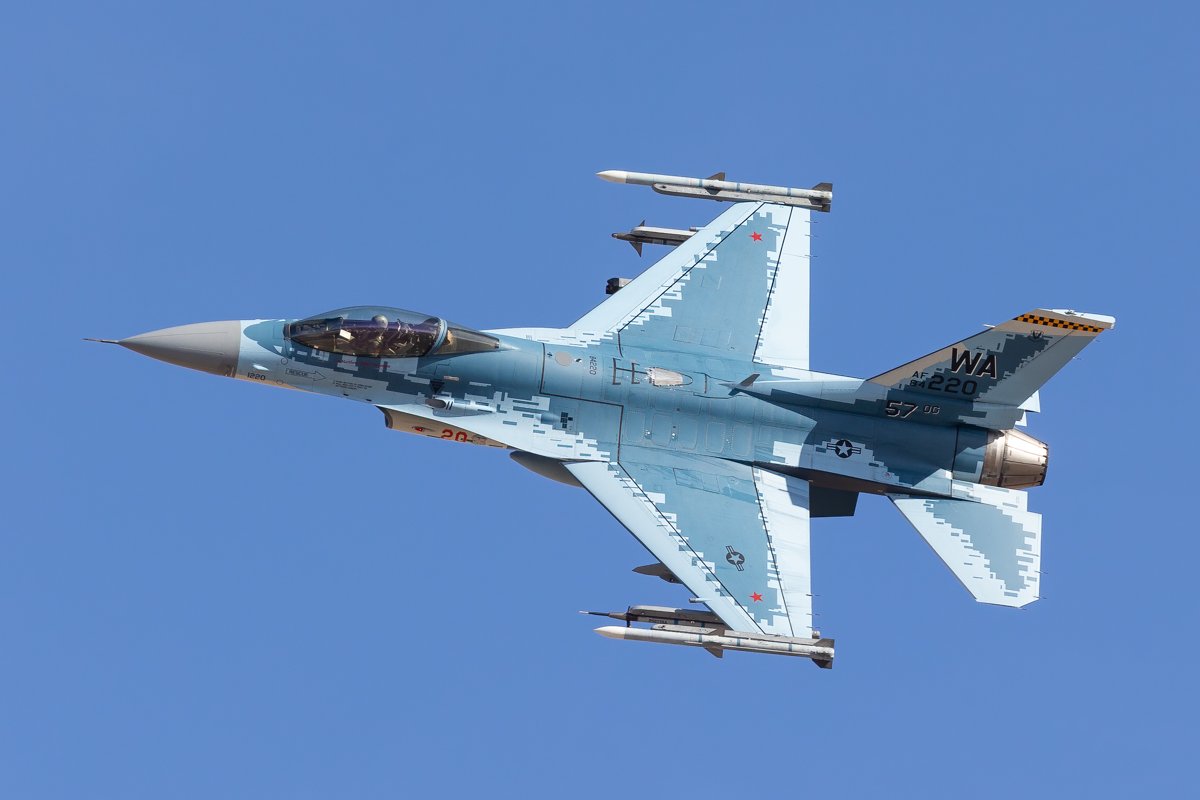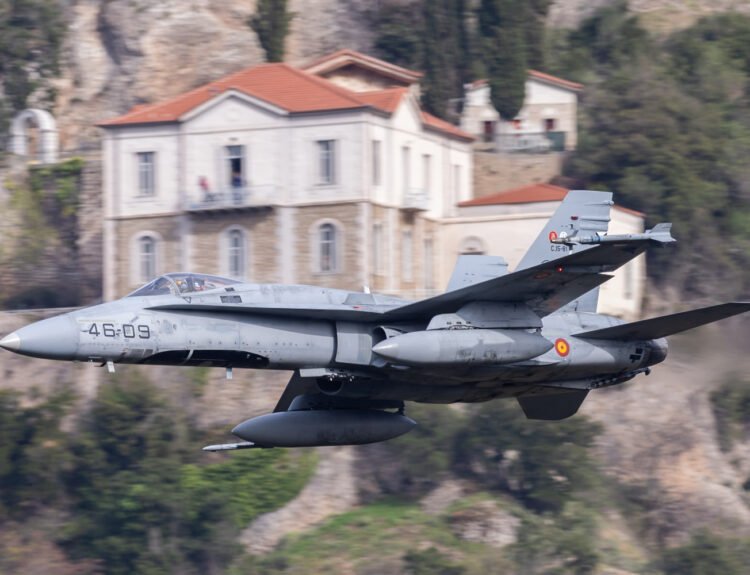The 64th Aggressor Squadron at Nellis Air Force Base has completed another productive training cycle, confirming its invaluable position in ensuring U.S. air combat forces are ready to meet the challenges of contemporary warfare. As one of the linchpins of U.S. Air Force advanced training programs, the Aggressor Squadron is a master at mimicking enemy methods, conditioning pilots from all the armed services to face real-world threats.
Activated in 1975 officially, the 64th Aggressor Squadron has a unique mission: to replicate the tactics, techniques, and procedures of potential adversaries. This is done through extensive training exercises in the form of aerial combat simulations, dissimilar air combat training (DACT), and simulated enemy engagements.
Employing a squadron of specially painted aircraft, like the F-16 Fighting Falcon, the Aggressor Squadron introduces realism for pilots who participate. The aircraft are specially painted with distinctive colors and markings that give the illusion of various international air forces, presenting an experiential training system that more closely prepares U.S. forces to engage in a variety of combat environments.
“The work that we do here is crucial to ensuring the response capability of our pilots to whatever lies ahead for them in the skies,” Colonel Mark Thompson, leader of the 64th Aggressor Squadron. “By mirroring the tactics of our adversaries, we shape the future of air combat.”

The 64th Aggressor Squadron conducts several exercises every year in collaboration with local as well as international forces. The exercises are designed to push pilots out of their comfort zone and enhance their performance under high-pressure conditions.
“Diversity in combat missions is essential,” said Major Sarah Lee, a flight leader with the squadron. “We instruct our pilots not only to respond but to anticipate and outmaneuver the enemy. That’s essential to air superiority.”
One of the most prominent activities in the squadron is the Red Flag Exercise, a set of theme-related air combat training exercises done a number of times each year. Red Flag gives aircrews from a variety of allied nations a chance to train with one another, merging multiple approaches to tactics and fostering global cooperation.
Innovations in Training
The 64th Aggressor Squadron has, in recent years, brought on board new and advanced technologies, including virtual reality and augmented reality simulations, to enhance training capacity. Pilots, through the implementation of advanced technology, have the opportunity to practice simulations in a very controlled environment, which allows for more experimentation without the risk associated with live engagement.
Furthermore, the squadron is leveraging data analysis in order to see more clearly the outcomes of varying tactics and strategies, so that training can remain relevant and adaptable to evolving threats.

Beyond its training efforts, the 64th Aggressor Squadron is also actively involved in the surrounding community. From educational outreach programs to school visits, the squadron aims to inspire the future generation of military personnel and pilots.
As the squadron looks ahead, intensive efforts are focused on building its capabilities to meet the challenges of contemporary warfare, including new technology in the form of unmanned aerial vehicles (UAVs) and cyber warfare techniques.
“We’re committed to shifting and evolving as a squadron,” Colonel Thompson added. “Future airspace will look radically different from what it does now, and we want to lead the way in preparing our forces for whatever that will look like.”

As one of the Air Force’s premier training units, the 64th Aggressor Squadron continues to be instrumental in honing U.S. air combat capabilities. With its unique focus on adversary tactics and innovations in training, the squadron not only keeps current pilots sharp but is also at the forefront of shaping the future of air warfare. As it gears up for another cycle of rigorous training, the 64th Aggressor Squadron remains a cornerstone of excellence at Nellis Air Force Base.






